It’s not just any design – it’s biophilic design. Is this just another buzzword like ‘hygge’ and ‘cottage core’? Or something a little more?
Biophilia is a term that’s been around for years. It is the inherent human desire to surround ourselves with natural, living, or nature-inspired things. And biophilic design celebrates that.
What Is Biophilic Design and Why It Matters?
Biophilic design is a concept that seeks to connect humans with nature through the use of natural elements and materials. The aim is to create an environment that enhances our mood and promotes a sense of harmony with the natural world.
And when it comes to ‘why’ it matters, biophilic design has been proven to calm the soul and positively affect our physical and mental health and well-being.
In this digital age, getting back to nature is one of the best ways to calm a busy mind.
10 Ways To Incorporate Biophilic Design in The Home
Using biophilic design in an interior space seeks to emulate the feeling of calm that we experience when out in nature. In a nutshell, it’s ‘bringing the outside in.’
We can do this in many ways, from the colors we choose for our walls and soft furnishings to the use of indoor plants and natural materials and textures.
Let’s look at ten simple ways to bring elements of biophilic design into our homes.
Bring in Natural Light
Maximize the amount of natural light in your home. If you’re extending or remodeling, try incorporating large windows, skylights, or light wells.
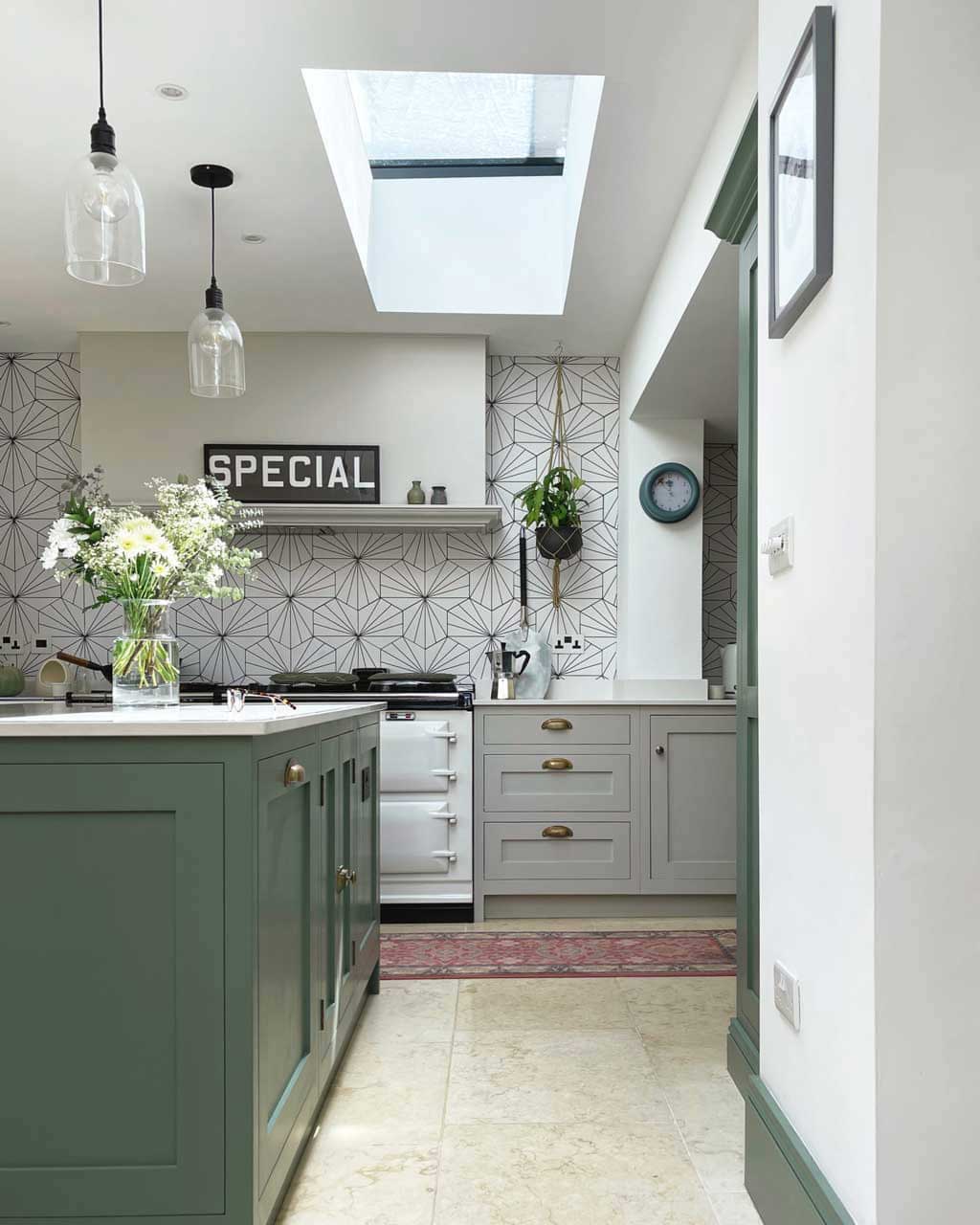
Photo source: The Listed Home.
Daylight illuminates a space, helps regulate circadian rhythms, and boosts mood. Particularly good if you suffer from seasonal affective disorder (SAD).
For those unable to add a natural light source, consider ditching heavy drapes and curtains to let as much daylight in as possible. Instead, choose voiles and sheer fabrics, or use blinds to allow as much light as possible.
Use a Natural Color Palette
Choose earthy tones and natural hues inspired by the outdoors. Shades of green and blue, plus brown and neutrals, can help to create a calming and soothing environment.
Choosing a neutral base color inspired by nature, such as beige, taupe, or ivory, will provide a calming backdrop for the rest of your palette. Using shades of the same color within the home gives an interior a gentle, cohesive feel.
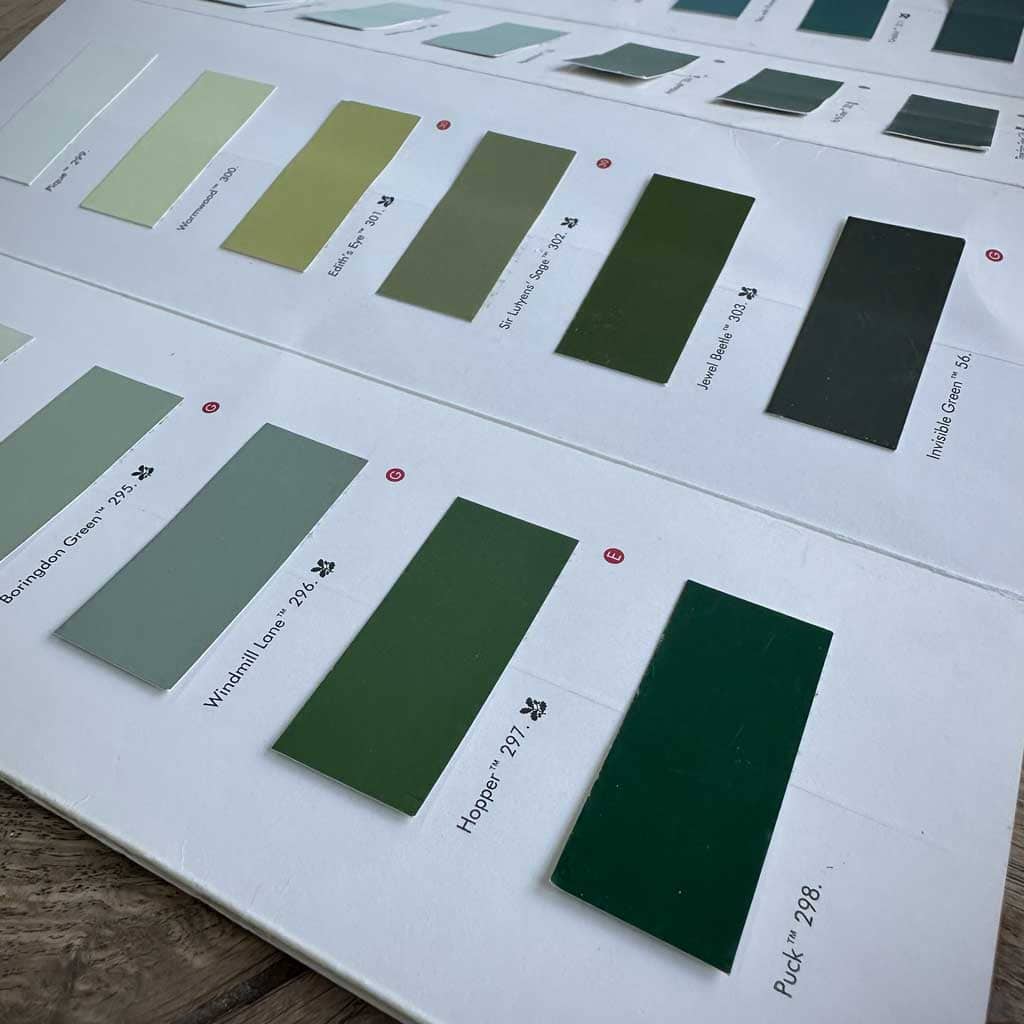
Photo source: The Listed Home.
Many paint manufacturers produce eco-paint ranges with low — or no —VOC (volatile organic compounds), fumes, or odor. These earth-friendly paints can help improve both health and air quality by reducing harmful chemicals.
Add visual interest by incorporating pops of earthy colors inspired by nature. Think of warm terracotta, rusty orange, deep blue, or sunny yellow.
Introduce these brighter shades with accessories, artwork, and soft furnishings. Layering color will create focal points and add depth to your color scheme.
Include Indoor Greenery
Houseplants improve air quality and create a calming atmosphere in the home. Choose various plants of different shapes and sizes to add visual impact.
Plants absorb carbon dioxide and release oxygen, helping to increase oxygen levels indoors.
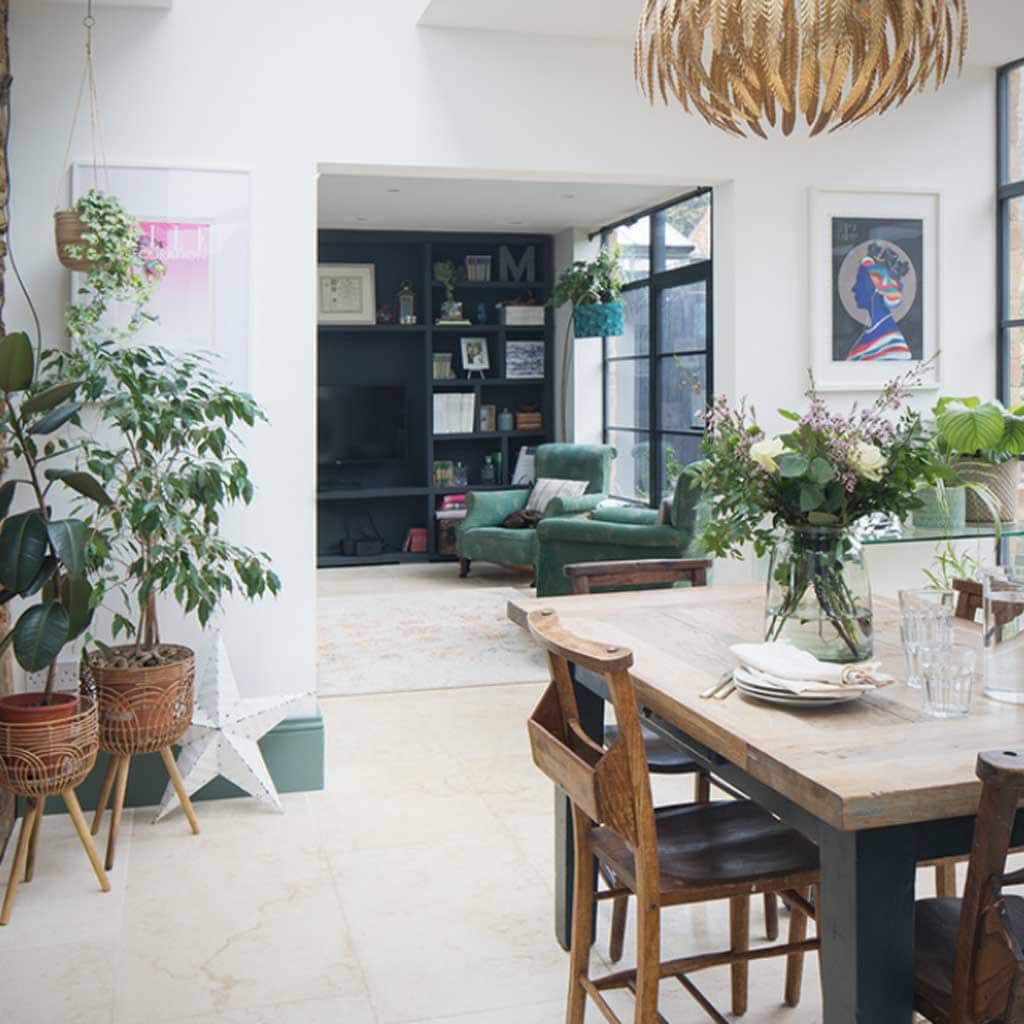
Photo source: The Listed Home.
Many houseplants naturally release moisture vapor through a process called transpiration. Transpiration can help combat dry indoor air, particularly during winter or in regions with low humidity.
Adequate humidity levels can prevent dry skin and reduce the risk of respiratory infections.
Indoor plants are scientifically proven to reduce stress levels and improve mental well-being. In addition, studies show that being around plants can promote relaxation, lower blood pressure, and decrease anxiety.
Humans have an inherent connection to nature, known as biophilia. Having houseplants indoors allows us to satisfy this biophilic need by bringing elements of the natural world into our living spaces. This connection with nature promotes well-being, reduces stress, and increases happiness.
Remember to consider your specific lighting conditions and care preferences when selecting houseplants.
Low-maintenance plants such as Snake Plant (Sansevieria) and Spider Plant (Chlorophytum comosum) are easy to care for, requiring minimal light and water. But they’re excellent at filtering toxins like formaldehyde, benzene, xylene, and trichloroethylene from the air.
Design a Green Wall
If you’re struggling with a lack of shelf space for houseplants, why not think outside the box and install a vertical garden — or living wall — in your home?
Planters can be installed on walls (or even ceilings) to provide a vibrant display of greenery while enhancing air quality. However, before you go ahead, ensure that the surface can support the weight of the plants and any additional infrastructure. Also, consider factors such as available sunlight and access to a water source.
There are different types of green walls to consider:
- Green Façade: This type of green wall involves planting climbing plants or vines directly on the wall or using a trellis system for support.
- Modular Living Wall: Modular panels are pre-grown with plants and installed onto the wall. They often include a framework, irrigation system, and root barrier.
- Green Wall Pocket System: This system uses pockets or planters attached to the wall, allowing individual plants to grow. It provides flexibility in plant selection and arrangement.
- Hydroponic System: This system utilizes a soilless growing medium and a recirculating irrigation system. It is suitable for indoor green walls or locations with limited access to soil.
Include a Water Feature
Water elements, such as a small fountain or an indoor water wall, will promote tranquility and mimic nature’s soothing sounds.
From tabletop fountains to wall-mounted water features and bubble walls, there are plenty of exciting and fun ways to include an indoor water feature.
If you opt for a pond or water garden, select aquatic plants and decorative elements such as rocks, pebbles, or water lilies to enhance the natural beauty of the feature.
Use Organic Materials
Incorporate natural materials such as wood, bamboo, stone in your interior design. These materials add warmth and texture to your home, creating a connection with nature.
For instance, lightweight wall baskets are a great way to add natural texture without spending much money.
Limestone flooring, for example, is a great environmentally friendly choice for the home. It’s a plentiful resource found across the globe. And, what’s more, as it’s a naturally occurring material, it doesn’t require any other resources to create it.
Consider natural fabrics for furniture too. Linen sofas and wooden tables or shelving will further enhance the natural vibe of the living space.
And woven textiles, such as area rugs made from natural fibers like jute or sisal and woolen blankets in natural tones, add visual interest to your room.
Introduce Natural Patterns and Textures
Consider incorporating patterns and textures that mimic those found in nature. For example, choosing furniture, fabrics, and wallpaper with grain, leaf, or water patterns will bring a sense of calm to your living spaces.
Botanical wallpapers and murals will create a real impact and bring walls to life. Plus, they have the added advantage of bringing the outside in.
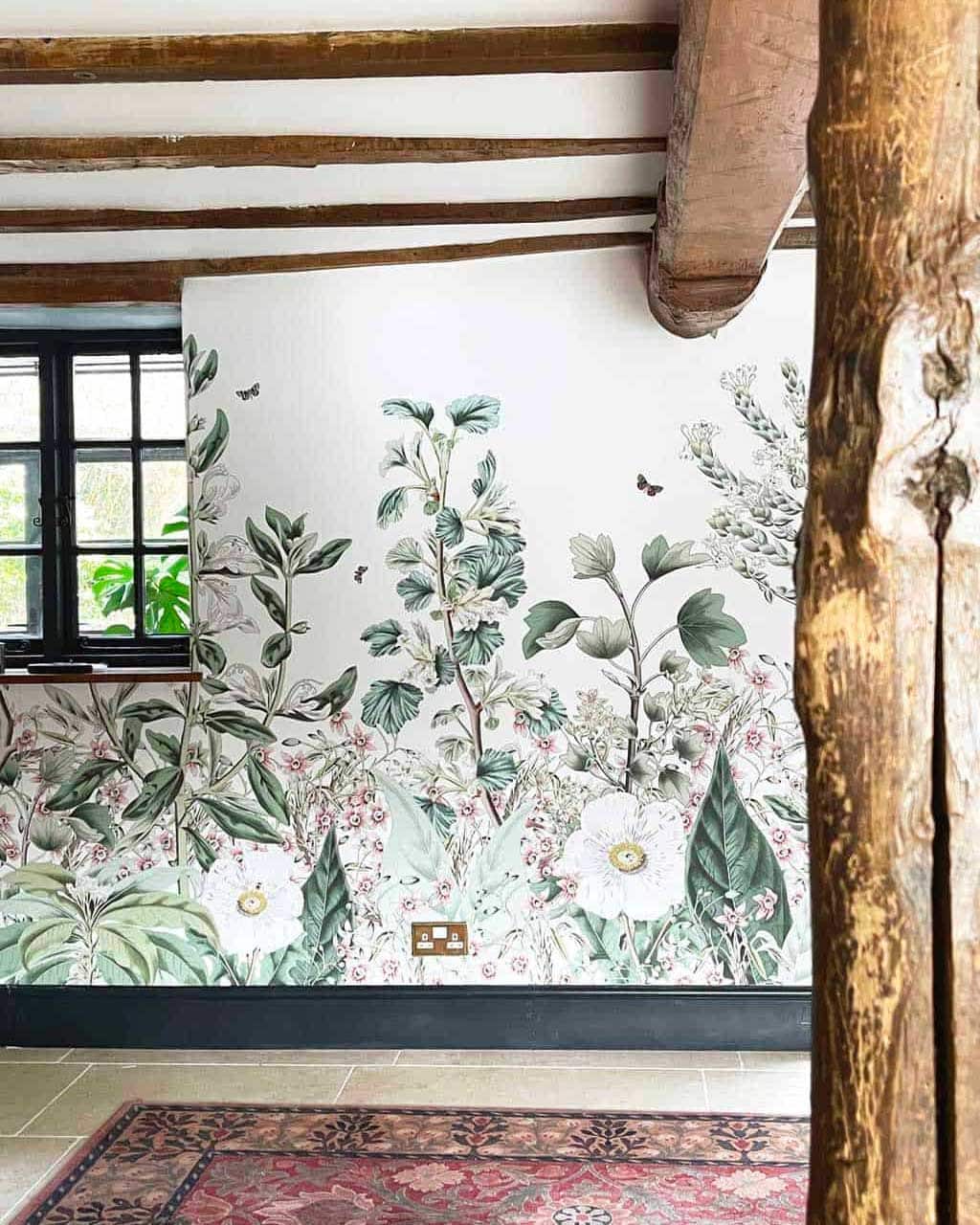
Photo source: The Listed Home.
Using botanical wallpaper will not only transform a space but will further enhance the biophilic design of your interior. Nature-inspired wallpaper can even be used in tiny rooms, such as downstairs toilets and cloakrooms, to great effect.
Use Natural Scents
Essential oils or natural scented candles will infuse your home with the aromas of nature. Fragrances like lavender, eucalyptus, or citrus can evoke a sense of calm and relaxation.
Essential oils are concentrated plant extracts that offer a wide range of aromatic scents. You can use them in various ways:
- Diffuser: Add a few drops of your favorite essential oil to a diffuser and let it disperse the scent throughout the room.
- Potpourri: Create a homemade potpourri by combining dried flowers, herbs, and citrus peels. Add a few drops of essential oil to enhance the fragrance.
- Linen and Fabric Spray: Create your own by mixing a few drops of essential oil with water in a spray bottle. Spritz onto curtains, pillows, or linens for a fresh, natural scent.
Take Advantage of Any Views of Nature
Make the most of any natural elements you may have outside your windows. For example, switch around your furniture to make the most of views of gardens, trees, or bodies of water.
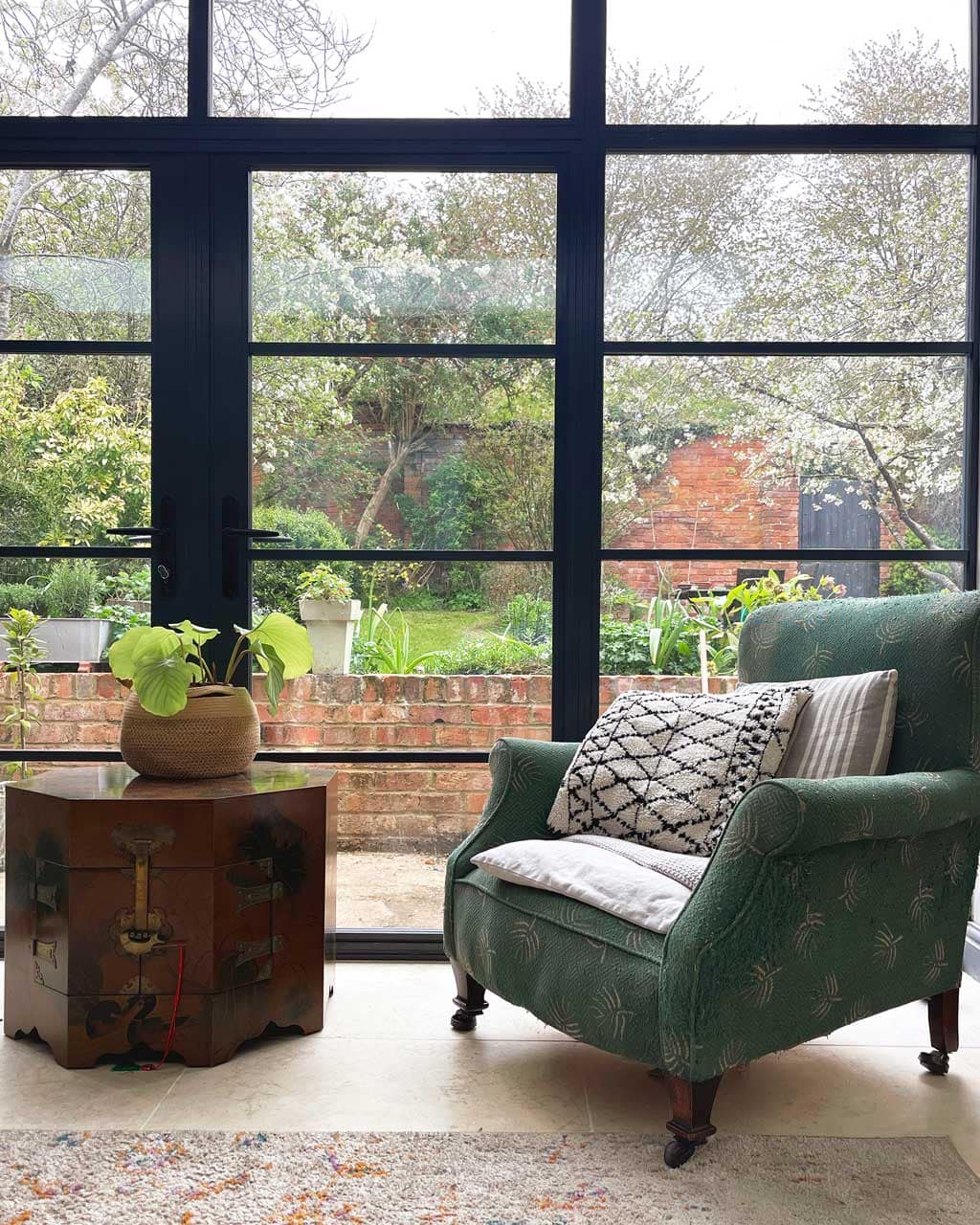
Photo source: The Listed Home.
Even high-rise city buildings can have views of riverscapes, parks, or the sky. So create focal points towards them to relax and enjoy the scenery.
Design Your Outdoor Living Spaces
Gardens are ‘the fifth room.’ Enjoy this and extend your outdoor living space by creating a comfortable patio or deck. Add natural elements like potted plants, outdoor furniture made from sustainable materials, and cozy lighting.
Take advantage of the summer months and get outside in the garden in the evening. Use weatherproof sofas, outdoor cushions, and rugs, and keep warm with an outdoor heater, chiminea, or fire pit.
Then transform your nighttime garden using solar lights. Uplight trees and bushes to create drama and interest, and use twinkling fairy lights to create a magical effect
Hurricane lanterns and tealight candles give a warm glow and create a gentle ambiance—the perfect lighting for a summer evening outdoors.
Biophilic design principles generally concentrate on bringing the outside in, but creating a comfortable living space in your garden and making the most of that 5th room brings the inside out.
This cohesion between our inside and outside living spaces is excellent for positive mental health and well-being and will give us a true sense of harmony with the natural world.
This article originally appeared on Wealth of Geeks.
*****
P.S. If you aren’t keen on using real plants to add biophilic design to your home, check out this collection of DIY/Upcycled fake plants that I just put together. Perfect for anyone with allergies, curious pets, or if you just can’t keep a real plant alive!
PIN ME!
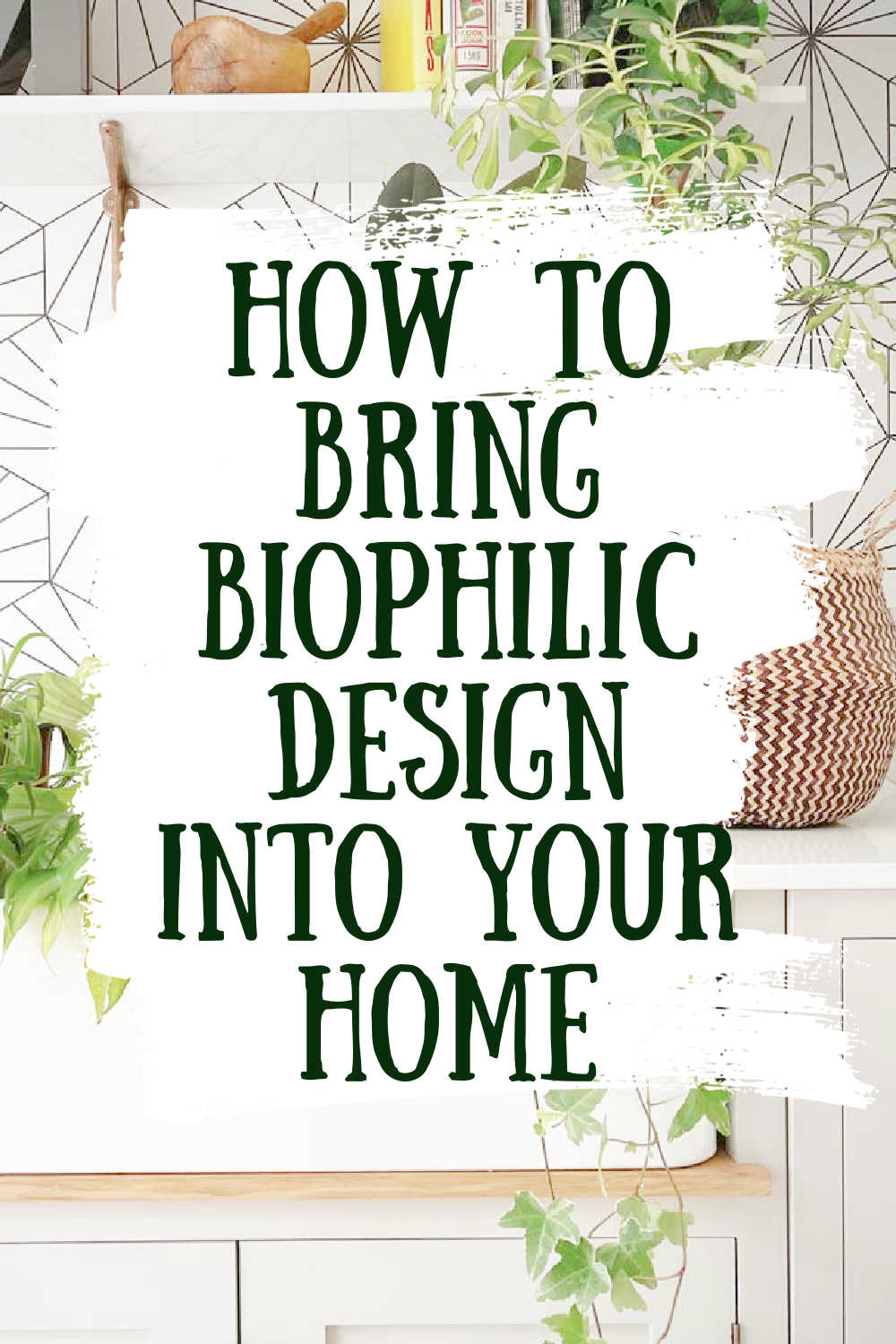
Photo source: The Listed Home.
Caro Davies
Caro Davies is a former art director turned copywriter and content creator. Caro is the editor behind UK lifestyle blogThe Listed Home. She writes about home-related topics, from interiors and DIY to food and craft. The Listed Home has been featured in various publications, including Ideal Home, Grazia, and Homes & Antiques magazines.
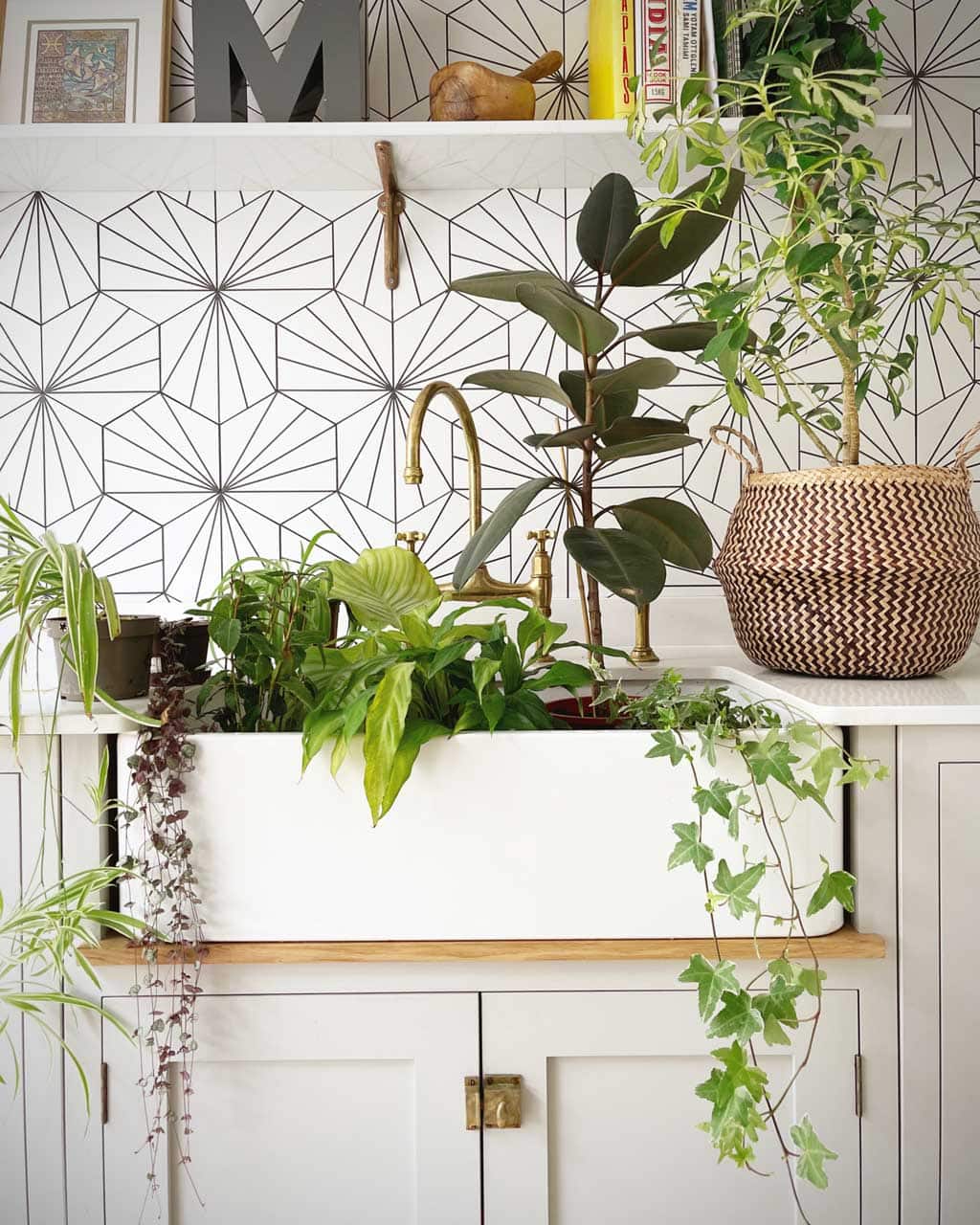

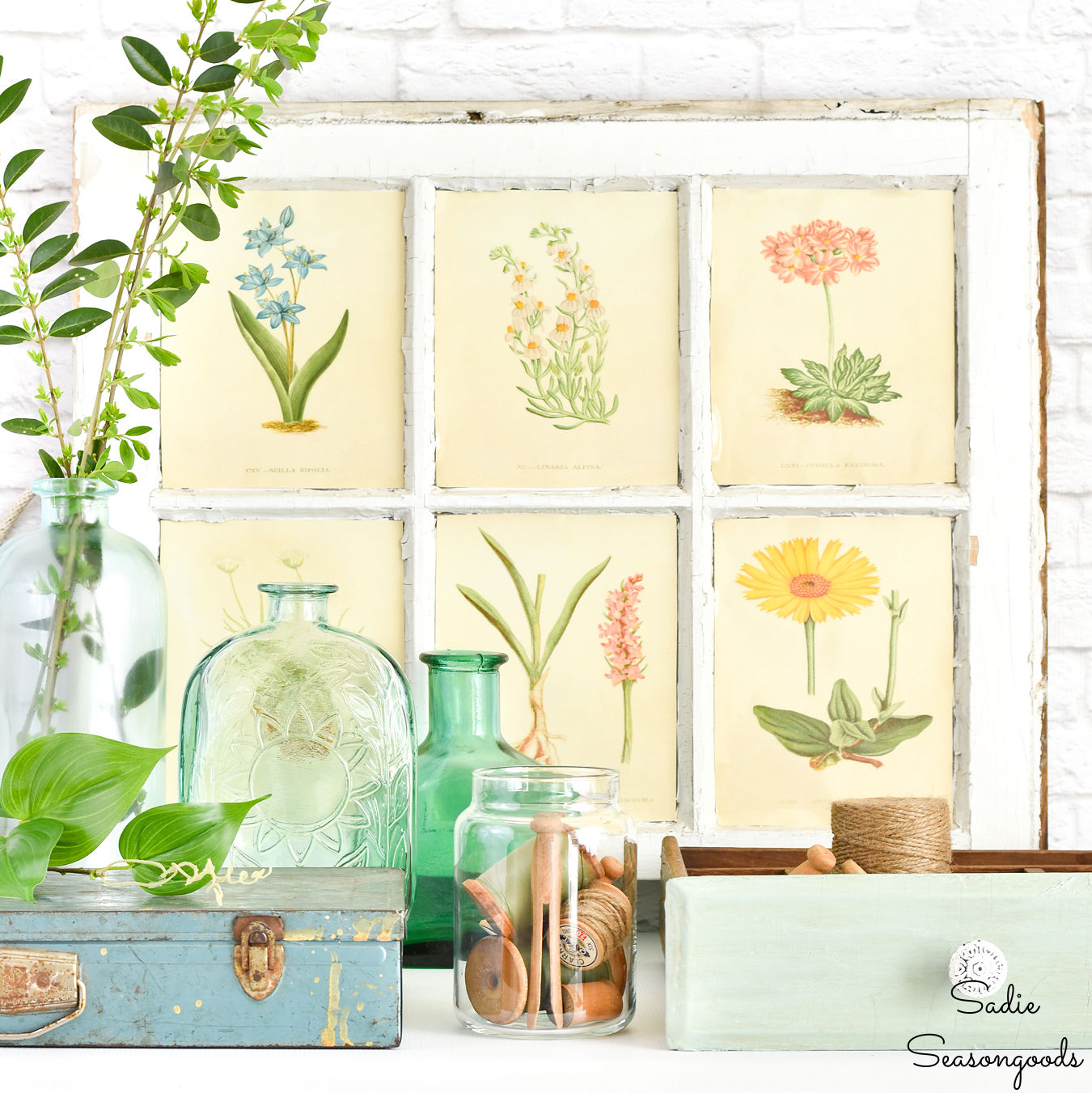
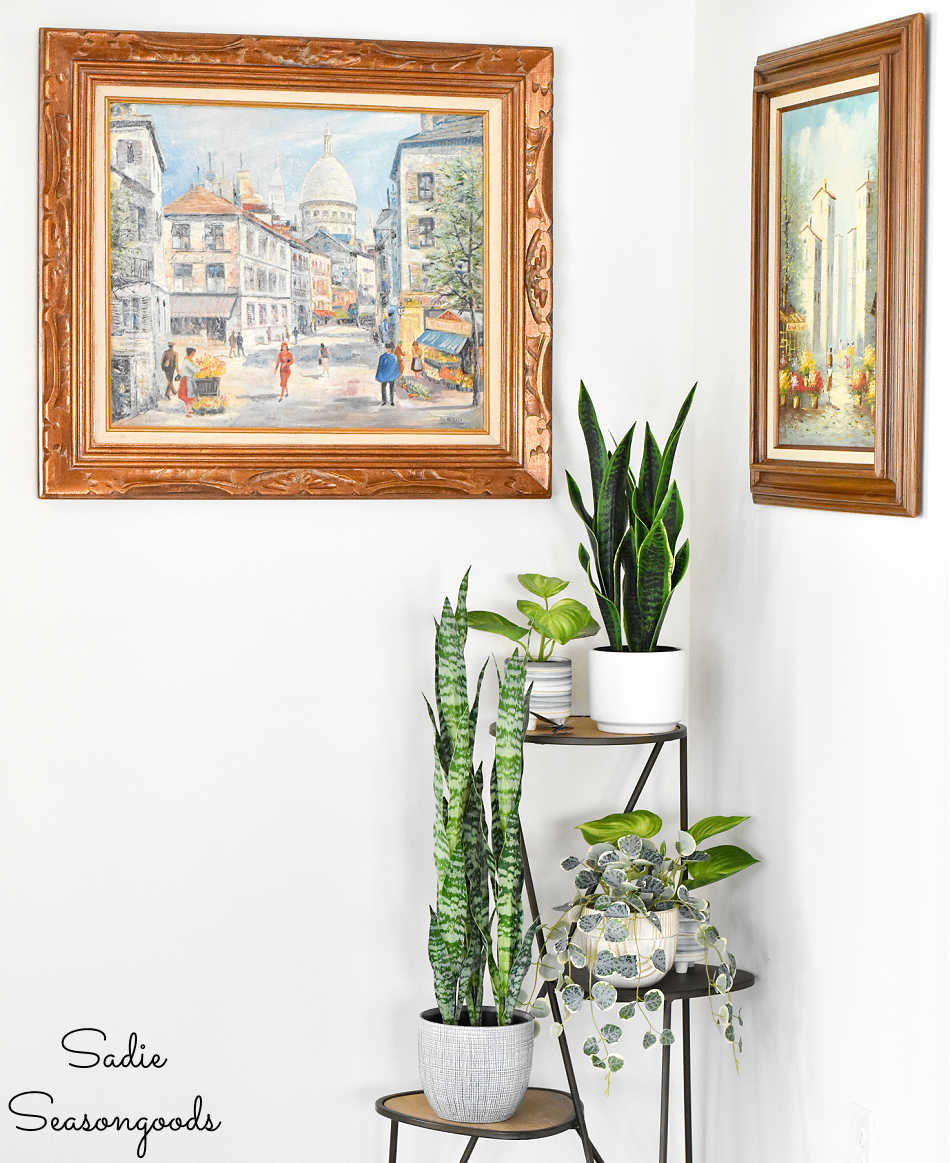
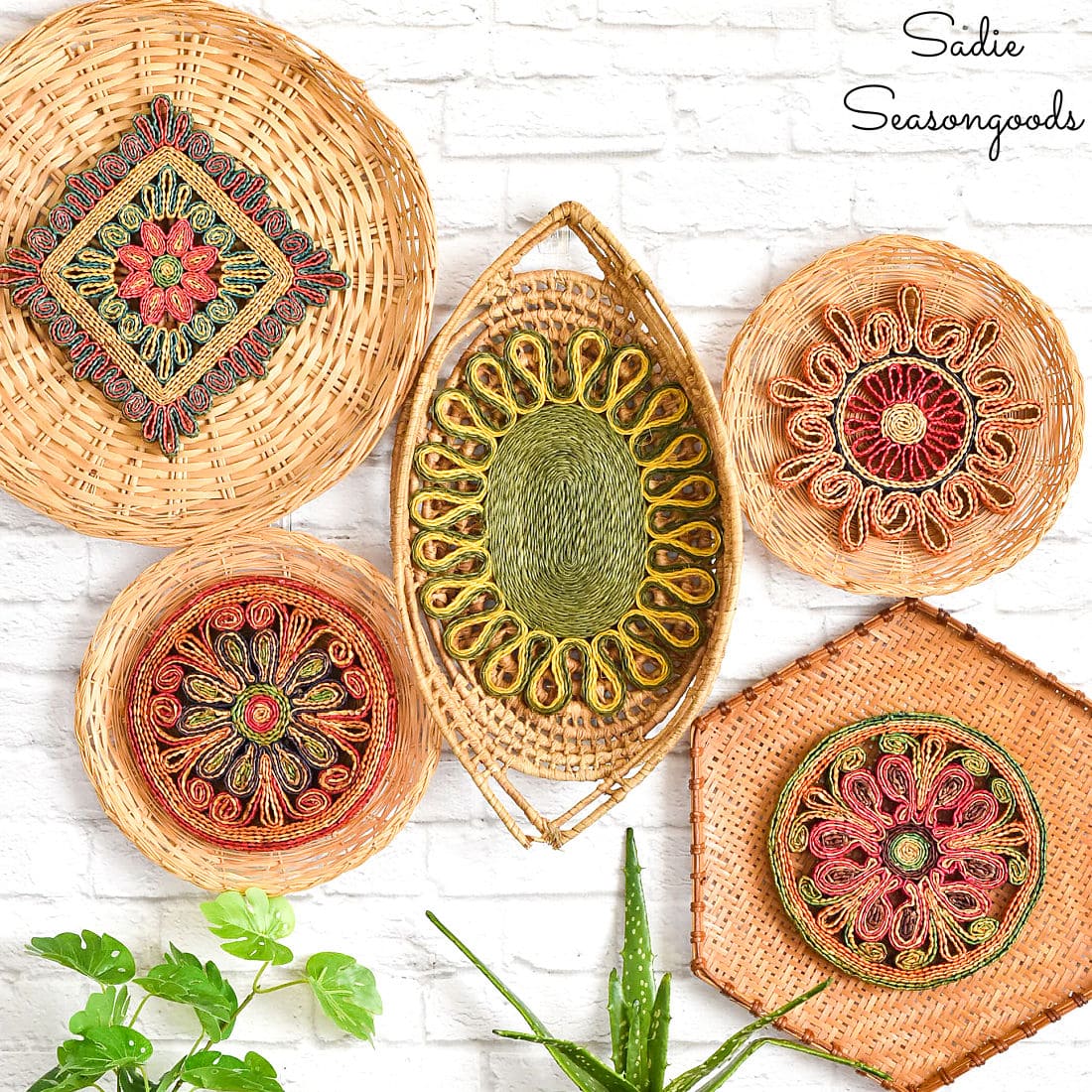
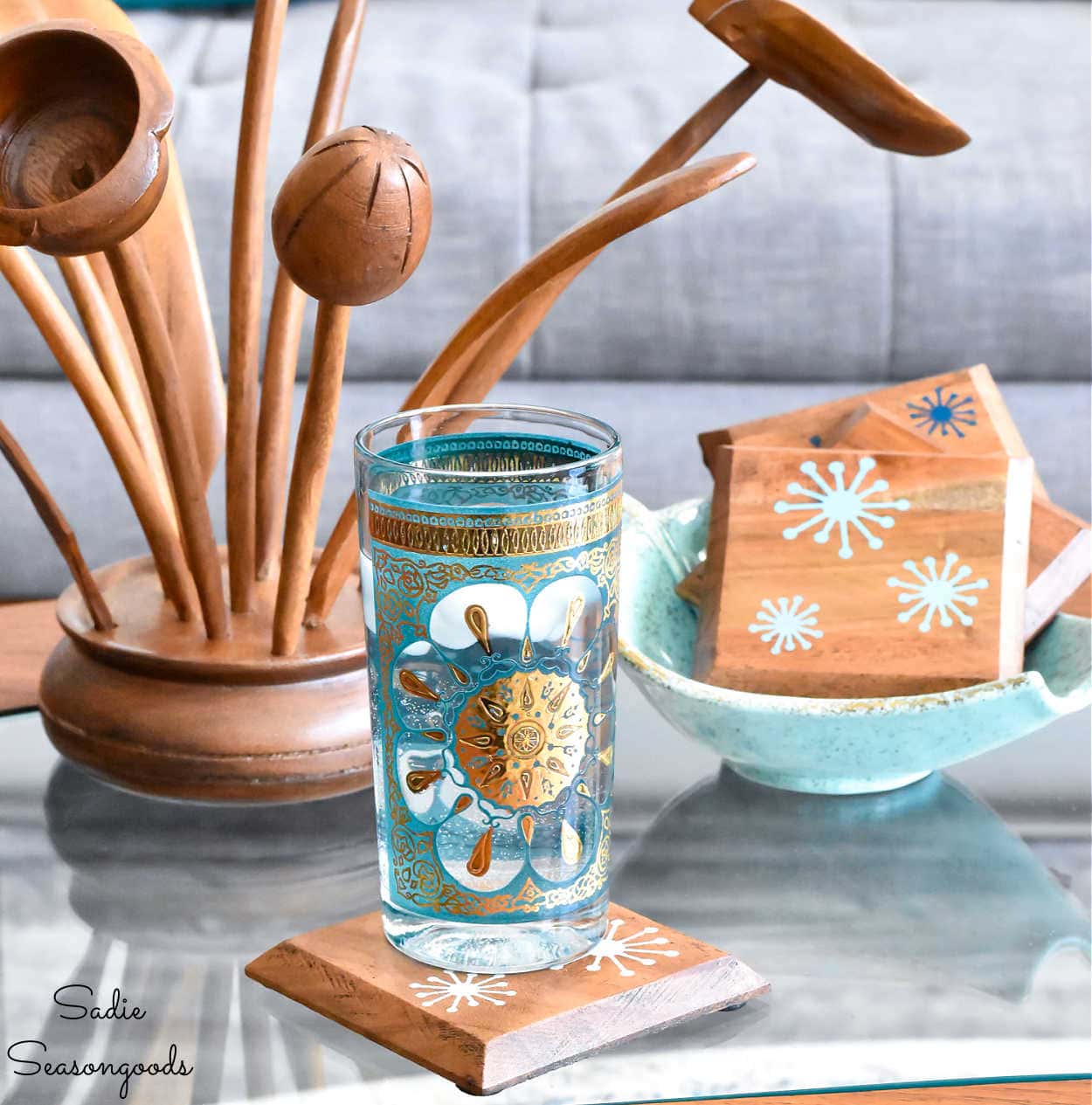
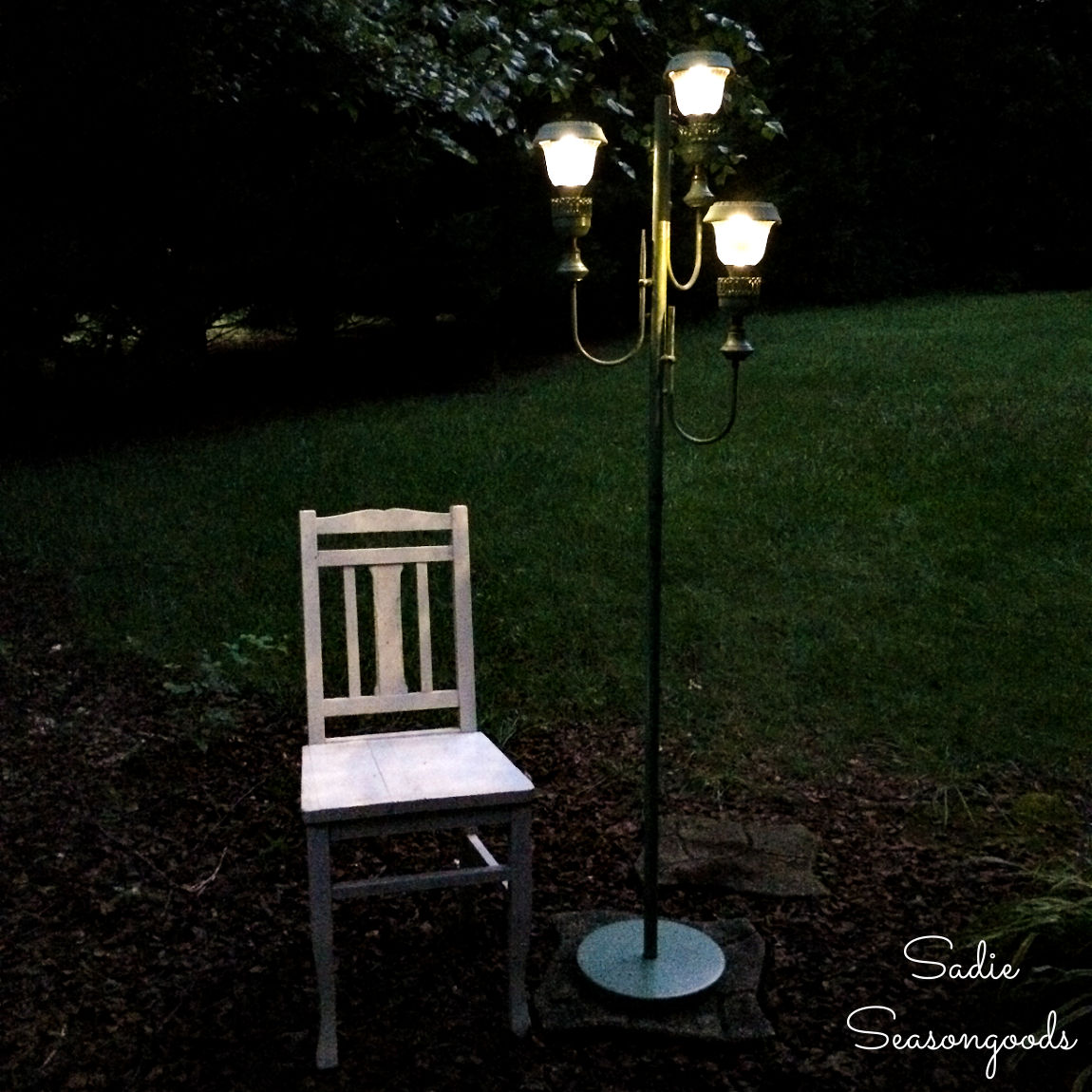
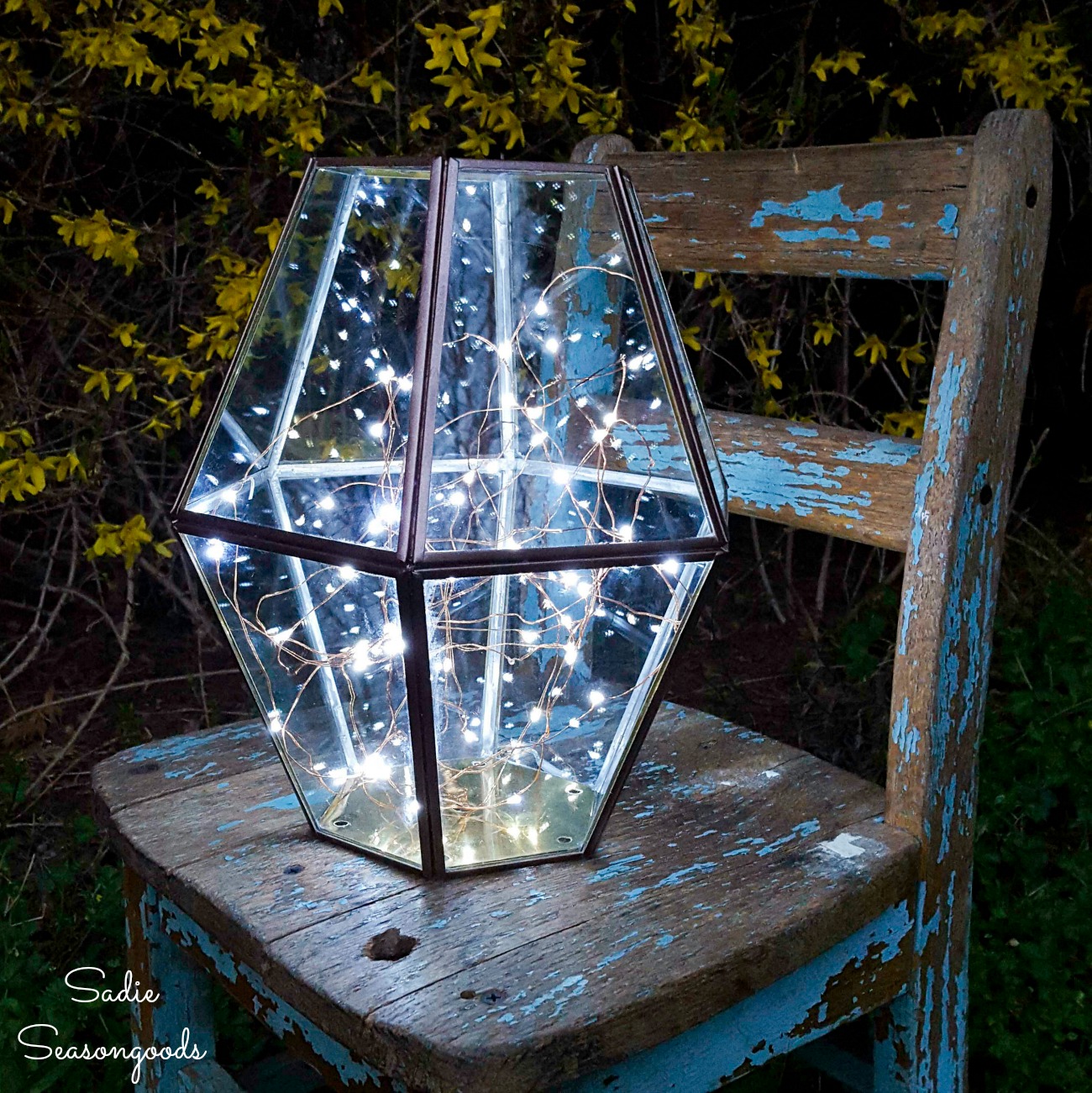
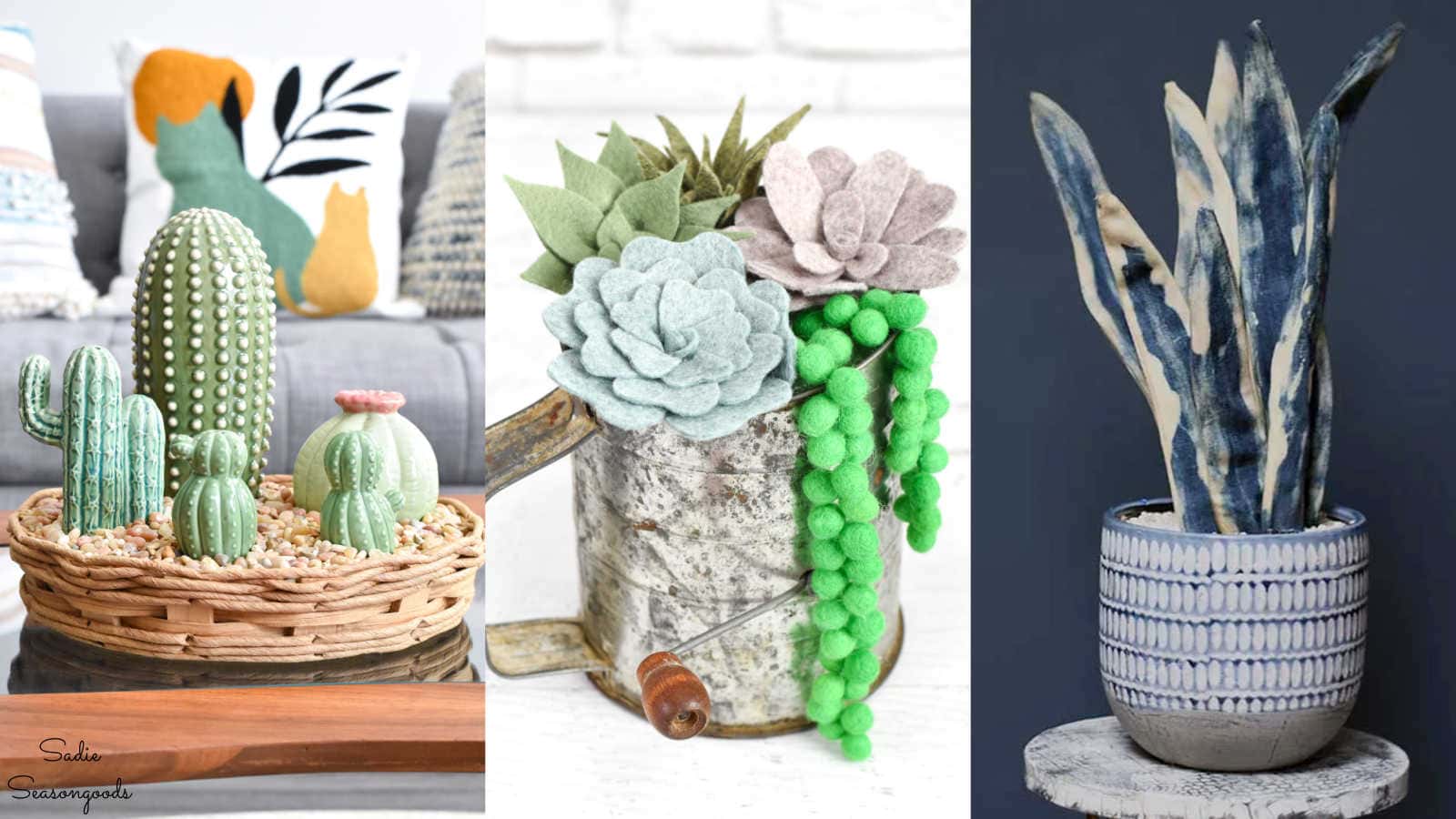





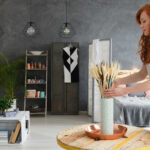




Great post, I really like being biophilic, I thing you must have been born that way!
I’m so glad you enjoyed it, Mary! For the first time in 10 years of blogging, I’m syndicating other bloggers’ content on my blog! And this particular post was so interesting to me that I figured y’all might enjoy it, too, even if it’s not written by me.